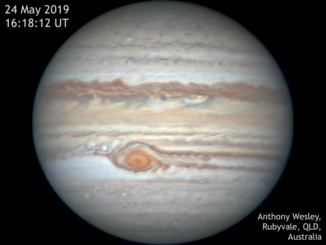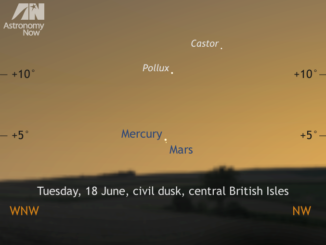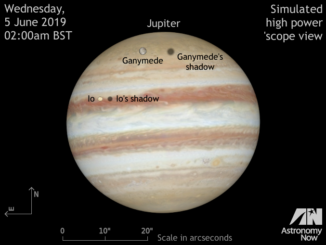
Don’t miss Jupiter’s ‘unravelling’ Great Red Spot
The Great Red Spot (GRS) is the solar system’s largest known storm, an Earth-sized anticyclone that has raged in the atmosphere of Jupiter for at least two centuries. But recent observations from Earth and space suggest that this iconic Jovian feature is undergoing huge changes that could herald its demise.









